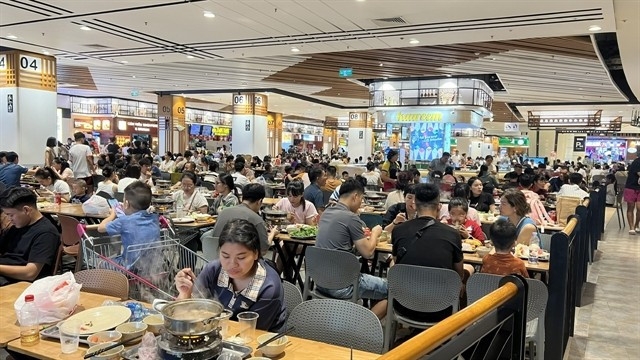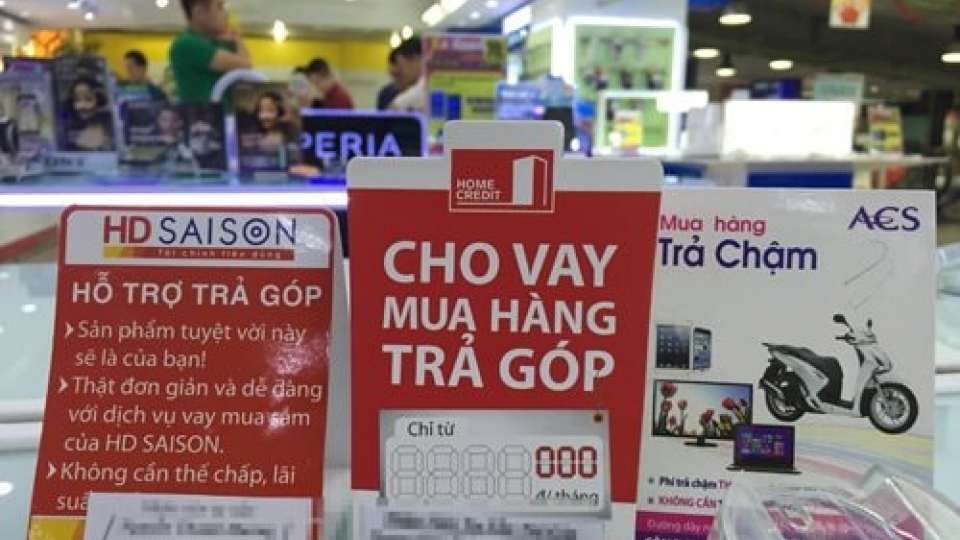Vietnam's consumer strength to power through global headwinds
Vietnam’s consumer spending is expected to remain strong in 2026, buoyed by rising household incomes, robust tourism and stable inflation, even as global trade headwinds threaten to slow overall economic growth, according to a new report from BMI, a Fitch Solutions company.

In its Vietnam 2026 Consumer Outlook, BMI forecast that real household spending will expand 7.2% year on year to reach VND3.95 quadrillion (US$152 billion) at constant 2010 prices. That marks a sharp recovery from pre-pandemic levels of VND2.77 quadrillion in 2019 and aligns with the company’s projection for Vietnam’s GDP growth of 7.2% next year.
“While global trade headwinds create downside risks to economic growth, a thriving tourism market will help shield consumers from export challenges,” BMI said, noting that “consumer purchasing power will expand, supported by stable inflation and a still-tight labour market facilitating real wage growth.”
The report expects inflation to average 3.5% in 2026, unchanged from 2025, remaining within the Government’s 3–5% target. Meanwhile, the unemployment rate is forecast to hold steady at 2.1%, one of the lowest in nearly six years.
“A tightening labour market will improve workers’ wage prospects and support consumer spending,” BMI added.
Retail activity has continued to strengthen through 2025. As of September, nominal retail sales were nearly 60% higher than pre-pandemic levels, while real retail sales stood 30% above 2019, according to data cited from the National Statistics Office under the Ministry of Finance.
The pace of growth has remained steady, with nominal sales up 10.4% year on year and real sales up 6.9% on a six-month moving average basis.
However, BMI warned that imported inflation will remain a major concern for Vietnam in 2026 as the dong weakens. It forecast the Vietnamese currency to depreciate by around 5.5% next year, sliding from an average of VND25,300 per US dollar in 2025 to about VND26,700.
BMI added that the weaker currency could push up the cost of imported goods and production inputs, thereby adding pressure on domestic prices and slightly eroding household purchasing power.
“Currency depreciation also creates upside risks to inflation, which may lead the State Bank of Vietnam to curb its credit-boosting policies,” the report said.
Vietnamese households are still benefiting from low borrowing costs and expanding credit. Consumer lending has grown tenfold over the past decade, reaching around US$150 billion by the end of 2022, equivalent to 40% of GDP, according to BMI’s data.
Despite global uncertainties – from escalating trade barriers and geopolitical tensions to imported inflation pressures – BMI said Vietnam’s domestic demand would remain resilient.
“The improving outlook means consumers will expand spending, allocating a greater portion of incomes to discretionary purchases,” it concluded.



